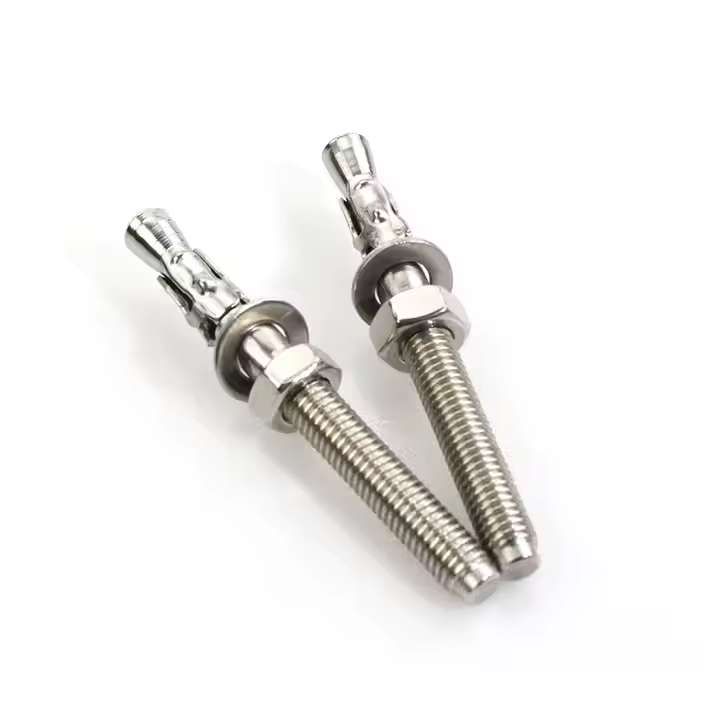

2025-04-15
This guide provides a deep dive into the multifaceted meaning and applications of the word anchor, exploring its diverse contexts from the literal to the metaphorical. We’ll examine its use in different fields, providing practical examples and insights to enhance your understanding.

In its most basic sense, an anchor is a heavy device, typically made of metal, that is dropped from a vessel to the seabed to secure its position. This prevents the vessel from drifting due to wind, currents, or tides. Different types of anchors exist, each designed for specific conditions and seabed types. For example, a fluke anchor is commonly used in soft bottoms, while a plow anchor works well in harder surfaces. The effectiveness of an anchor depends on factors like its weight, design, and the nature of the seabed.
The importance of anchors in maritime navigation cannot be overstated. They are crucial for safety, allowing ships to remain stationary in harbors, during storms, or while conducting maintenance. Proper anchor handling requires skill and understanding of various techniques, including setting, weighing, and securing the anchor. Failure to properly use an anchor can lead to significant risks, including vessel damage and loss of life. Understanding different anchor types and their suitability for various conditions is fundamental for safe navigation. The selection of the appropriate anchor is paramount and relies heavily on the size of the vessel and the expected environmental conditions.
Beyond its literal meaning, anchor is frequently used metaphorically to represent stability, security, and steadfastness. In this context, an anchor symbolizes something that provides grounding and support in one’s life. This could be a person, a belief, a value, or a goal. For instance, a strong family can serve as an anchor during challenging times, providing emotional support and a sense of belonging.
In graphic design and branding, the image of an anchor often represents reliability, trustworthiness, and dependability. Many companies, especially those in maritime-related industries, use an anchor in their logos to convey these qualities to their customers. The visual strength and symbolic meaning of the anchor make it a powerful element in design.
In the world of web development, an anchor refers to the HTML element `` tag, used to create hyperlinks. This anchor tag allows users to navigate between different sections of a website or to external resources. Understanding how to properly utilize anchor tags is essential for creating user-friendly and effective websites. Properly structuring your site using anchor tags contributes significantly to user experience and search engine optimization (SEO).

| Anchor Type | Suitable Seabed | Advantages | Disadvantages |
|---|---|---|---|
| Fluke Anchor | Soft bottoms (sand, mud) | Easy to set, relatively lightweight | Poor holding power in hard bottoms |
| Plow Anchor | Hard bottoms (rock, clay) | Excellent holding power in hard bottoms | Difficult to set, heavier than fluke anchors |
This information is for general knowledge purposes only. For specific guidance on anchor selection and usage, consult with qualified marine professionals.
Please enter your email address and we will reply to your email.